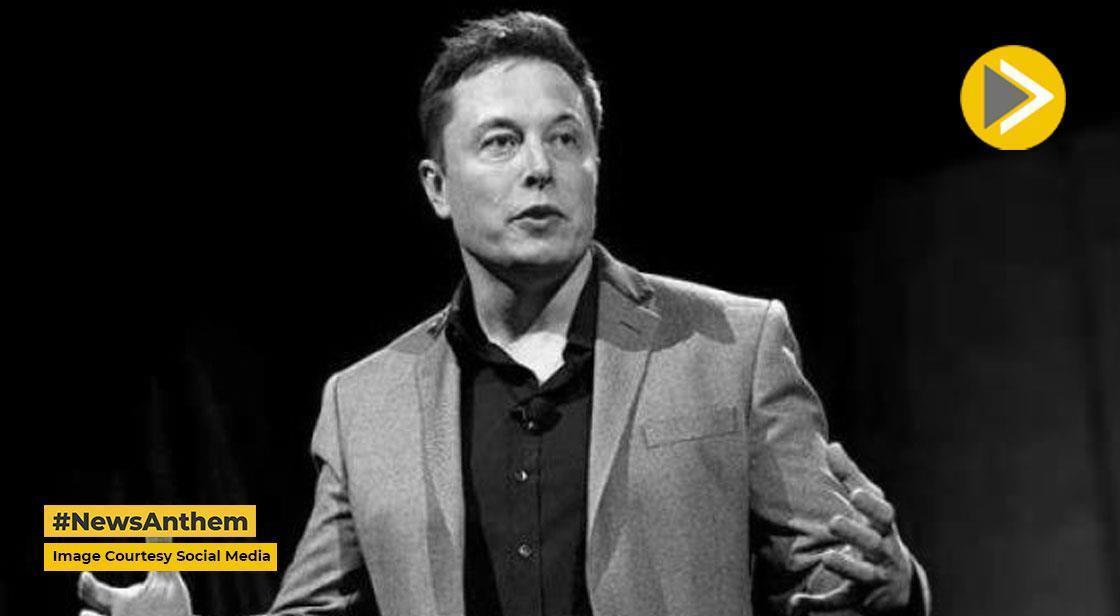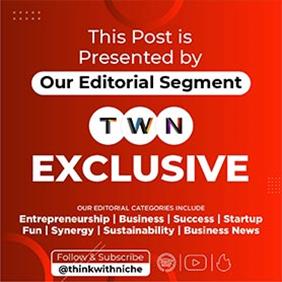Elon Musk says Tesla’s new mission is sustainable abundance, claims robots could end poverty

News Synopsis
During the Q3 2025 earnings call, Elon Musk declared that Tesla’s updated mission is:
“We’re excited about the updated mission of Tesla, which is sustainable abundance.”
He elaborated:
“So going beyond sustainable energy to, say, sustainable abundance… we believe with Optimus and self-driving, that you can actually create a world where there is no poverty, where everyone has access to the finest medical care. Optimus will be an incredible surgeon, for example. And imagine if everyone had access to an incredible surgeon.”
This marks a major shift for Tesla: rather than focusing solely on EVs, batteries and solar, the company is now aiming to harness robotics and AI to address fundamental societal issues.
The Role of Optimus in Tesla’s Future
A robot “so real you’ll need to poke it”
Elon Musk stated that version 3 of Optimus is expected in early 2026 and will be a significant leap:
“I think it will be quite remarkable… so real that you’ll need to poke it to believe it’s an actual robot.”
Production plans are ambitious: Tesla is targeting a production line capable of one-million units per year by end of 2026.
From humble demos to big ambition
Optimus is still in demo mode (most recently seen serving popcorn), but Musk stated:
“We’re also on the cusp of something really tremendous with Optimus, which I think is likely to be, or has potential, to be the biggest product of all time.”
He also acknowledged the difficulty ahead:
“It’s an incredibly difficult thing,” he said of scaling humanoid production.
Why Robots, Autonomy and AI?
Elon Musk argues that the combination of robotics (Optimus) and self-driving vehicles unlocks not just mobility and energy savings, but structural changes to labour, cost of services and access. Tesla executives said the company’s capabilities in real-world AI (via vehicles) serve as a foundation for robotics.
In Musk’s words, the integration of these technologies makes possible a world of “sustainable abundance” — in which scarcity, including poverty, is no longer inevitable.
The Financial and Strategic Context
Tesla posted record revenues in Q3 2025 of around $28.1 billion and achieved free cash flow of roughly $4.0 billion.
Despite these results, analysts remain cautious because many of the newer businesses (like Optimus) remain long-term bets rather than near-term profit drivers.
Challenges and Skepticism
While the vision is bold, execution remains the question. There is no existing mass market for humanoid robots today, and building a production line at scale, with supply-chain depth, is highly challenging.
Musk hinted at concerns about his control of Tesla:
“If we build this robot army, do I have at least a strong influence over that robot army?”
The ambition to end poverty via robots and self-driving is visionary — but timing, cost, regulation and market adoption all remain open questions.
Conclusion
Tesla’s pivot to the mission of “sustainable abundance” signals a profound strategic shift: from electric vehicles and renewable energy to robotics, AI and self-driving automation that aim to reshape the fundamentals of industry, labour and access.
With Optimus at the centre, Elon Musk envisions a future where robots and autonomous systems could help eradicate poverty, deliver top-tier healthcare and democratize advanced services. Yet, the gap between vision and delivery remains significant. For now, Tesla is simultaneously delivering strong financials and selling a grand narrative — whether the robot revolution arrives on schedule and lives up to its promise is yet to be seen.
You May Like









